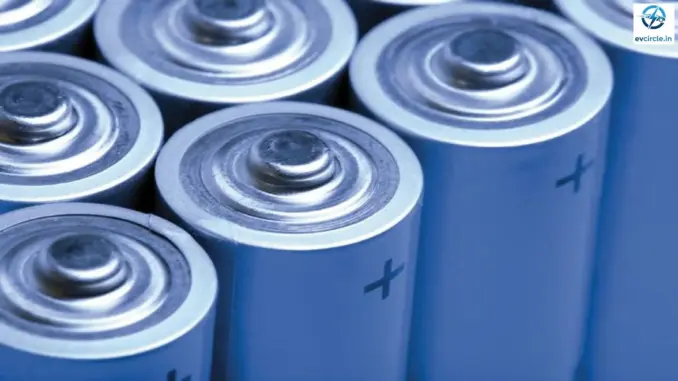
What if EV batteries lasted much longer? This new silver-ion coating promises big gains for lithium-metal batteries, improving safety and life. Read on to see how it works and why it matters.
What is the silver-ion coating?
What makes this coating special? It is an ultrathin layer made by alternating silver ions and trithioisocyanuric acid (TCA). The method uses only a room-temperature solution process and no complex synthesis.
How the coating forms a protective interface
How does a thin film stop dangerous growths? Silver ions convert into silver nanoparticles during cycling and guide lithium to plate evenly. The TCA builds a stable matrix so the surface resists cracking.
Core components and their roles
Silver ions and TCA play distinct jobs. Silver directs lithium deposition while TCA provides chemical stability and mechanical support. Together they form a smooth, dendrite-resistant interface.
Why preventing dendrites matters
What are dendrites like? They grow like tiny tree roots or needles that can pierce separators and short the cell. Stopping them reduces fire risk and improves battery reliability.
Why this tech matters for EV batteries
Could this advance change EV range and lifespan? Lithium-metal anodes can potentially double energy density versus standard lithium-ion cells, improving range without bigger packs. Safer, longer-lived cells would lower replacement costs and increase consumer confidence.
Safety improvements in real terms
How much safer can cells become? Uniform lithium growth cuts the chance of internal shorts and thermal runaways. That directly improves vehicle safety and reduces recall risks.
Lifespan and cycling stability
Can batteries really keep 96% capacity after many cycles? Laboratory tests reported over 1,300 cycles with 96% retained capacity when paired with a standard cathode. The same cells ran stably for over 2,000 hours in trials.
Performance metrics explained
What do these numbers mean for drivers? More cycles mean longer service life and fewer battery replacements in EVs. Think of it like increasing the miles per lifetime of a car battery.
Laboratory methods and simplicity
Why is the manufacturing process notable? The coating is made without nanoparticle synthesis or high-temperature steps. The simple, room-temperature solution method could ease scale-up.
Manufacturing advantages and considerations
Could this reduce production costs? Simpler processes often cut energy and equipment needs, but material costs and integration steps still matter. Pilot production and cost analysis are still required.
Adaptability to other metal batteries
Can the approach work beyond lithium? Researchers suggest the method could extend to sodium and zinc metal batteries as well. That would broaden impact across energy storage technologies.
Real-world examples and analogies
How does this compare to existing strategies? Traditional coatings can be like heavy armor—effective but bulky and costly. This method acts like a precise scaffold, guiding growth without excess material.
Challenges and next steps
Are there hurdles before cars use this tech? Yes. Scale-up, long-term safety tests, and compatibility with full-cell manufacturing remain to be proven. Regulatory approval and supplier adoption will also take time.
Cost and supply chain questions
Will silver use raise costs? Silver is pricier than some metals, but the amounts used are ultrathin, which may limit cost impact. Recycling and sourcing strategies will influence final economics.
Path to commercialization
What comes next for manufacturers? Larger-scale validations, cell-pack integration trials, and automotive-grade testing will be required. Partnerships between academia and industry could speed real-world adoption.
This silver-ion coating offers a simple way to make lithium-metal batteries safer and longer lasting. Lab results show promising cycling stability and near-full capacity after many cycles. If scale-up and cost issues are resolved, the technique could help bring higher-energy EV batteries closer to market.
See also: Ford CEO Warns Electric Vehicle Market Smaller Than Expected
Leave a Reply